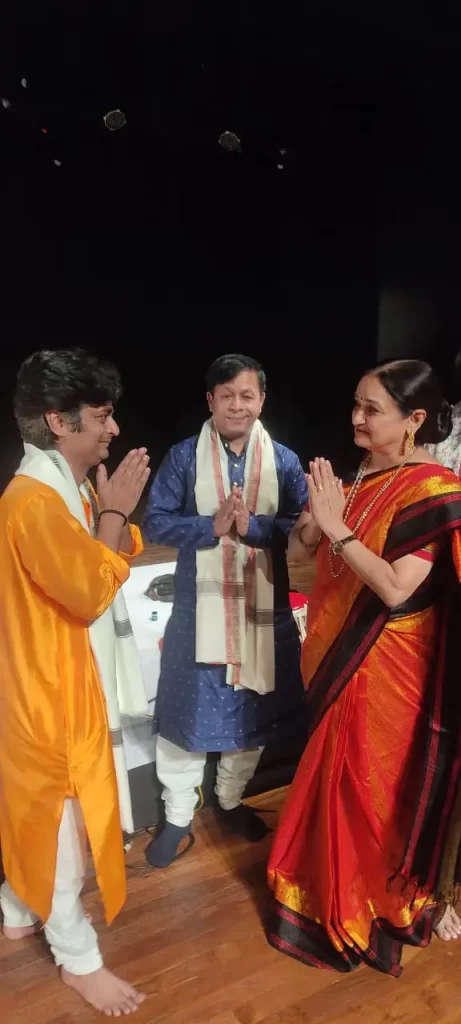The Varanasi Gharana, also known as the Banaras Gharana, is a renowned school of Indian classical music, particularly famous for its contributions to both Hindustani vocal and instrumental music. Here are some key aspects of its history:
Origins and Development
Location: Based in Varanasi (Banaras), a city with a rich cultural and spiritual heritage.
Influence: It incorporates elements from local folk music and religious chants, blending them into classical forms.
Key Figures
Pandit Ram Sahai: Credited with formalizing the tabla style of the Banaras Gharana in the late 18th century.
Pandit Omkarnath Thakur: A significant vocalist who expanded the vocal traditions of the Gharana.
Musical Characteristics
Vocal Music: Emphasizes emotive expression and intricate compositions. Thumri, Dadra, and Kajri are popular forms associated with the Gharana.
Instrumental Music: Known for its distinctive style in playing the tabla, sitar, and shehnai, with a focus on rhythmic complexity and improvisation.
Cultural Significance
The Gharana reflects the spiritual and artistic atmosphere of Varanasi, contributing significantly to the city’s identity as a hub of Indian classical music. The Banaras Gharana continues to influence musicians worldwide, maintaining its traditions while embracing innovation.




